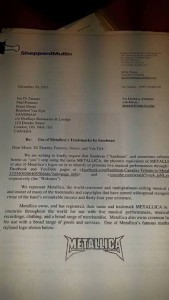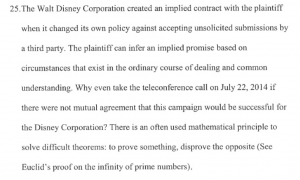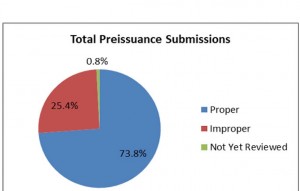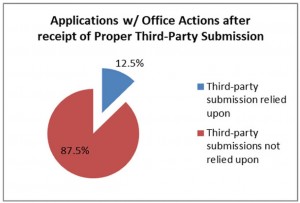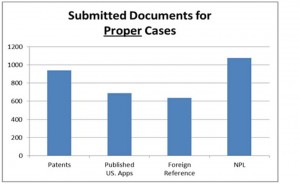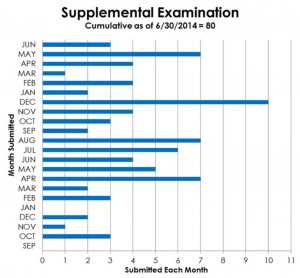Design patents protect the aesthetic appearance of a product (or a part of a product). They are relatively easy and inexpensive to get, but are they worthwhile?
A design patent is a patent, meaning while the application is pending (typically about 20 months) the applicant can mark the product “patent pending,” and after the patent issues “patented.” The design patent allows its owner to sue competitors for making, using, selling, or importing a product that is substantially the same as the patented design. Substantially the same does not mean identical, and if the patent owner can show the resemblance is such as to deceive such an observer and sufficient to induce him to purchase one supposing it to be the other, he or she has proven infringement.
A patent owner is usually entitled to an award of its lost profits, but no less than a reasonable royalty, however there is an alternative remedy for design patent infringement: the infringer’s profits. Moreover, this is the profit on the entire product. Thus Apple was awarded Samsung’s entire profits on the phones found to infringe Applies design patents on the iPhone shell, not just the profits attributable to the shells (which were not sold separately).
Finally, a fifteen year design patent can be a stepping stone to perpetual trade dress protection, providing a period of exclusive use of the design needed to establish that the design has acquired “secondary meaning” and has become a protectable trade dress.
If a design patent makes sense in the United States, what about foreign protection. Interestingly, while design patents are reasonably popular in the US, with more than 35,000 applications filed last year, design patents are even more popular in Asia,. More than half a million design patent applications were filed in China last year (sixteen times as many as filed in the US), more than 65,000 were filed in South Korea, (nearly twice as many as filed n the US),and nearly 30,000 were filed in Japan (almost tying US filings):
- China (564555)
- S. Korea (64574)
- United States (35378)
- Japan (19738)
- EC (25745)
- Turkey (10251)
- India (9309)
- Iran (8864)
- Germany (7392)
- Australia (6597)
- Brazil (6590)
- Canada (5767)
- Russia (5184)
- UK (5084)
- France (4782)
Perhaps of more interest to US businesses is which countries are most popular with non-residents:
- China
- US
- EC
- Canada
- Japan
- Australia
- S. Korea
- India
- Russia
- Brazil
and in particular which countries are most popular with other U.S. filers:
- China
- Canada
- EC
- Australia
- Japan
- Brazil
- Mexico
- S. Korea
- India
- Russia
Design patents help round out an IP portfolio, but domestically, and abroad.

